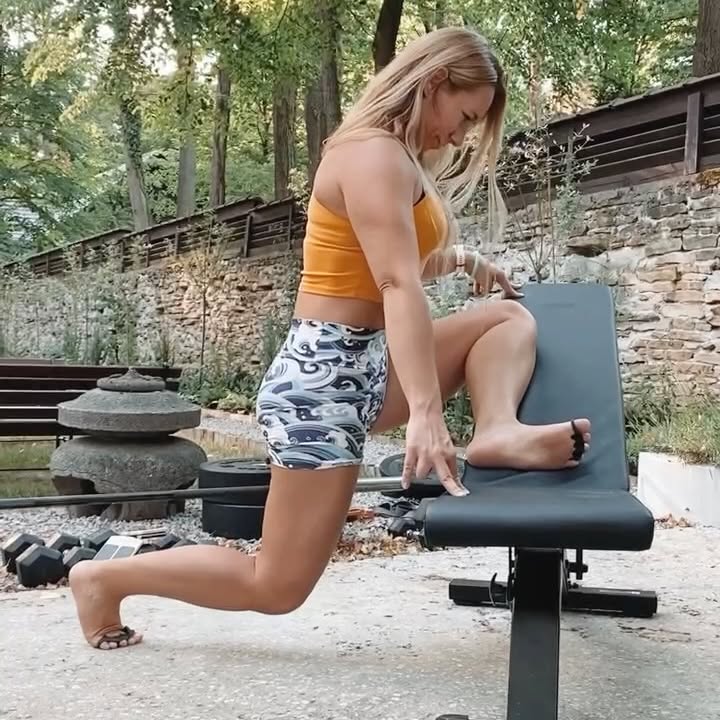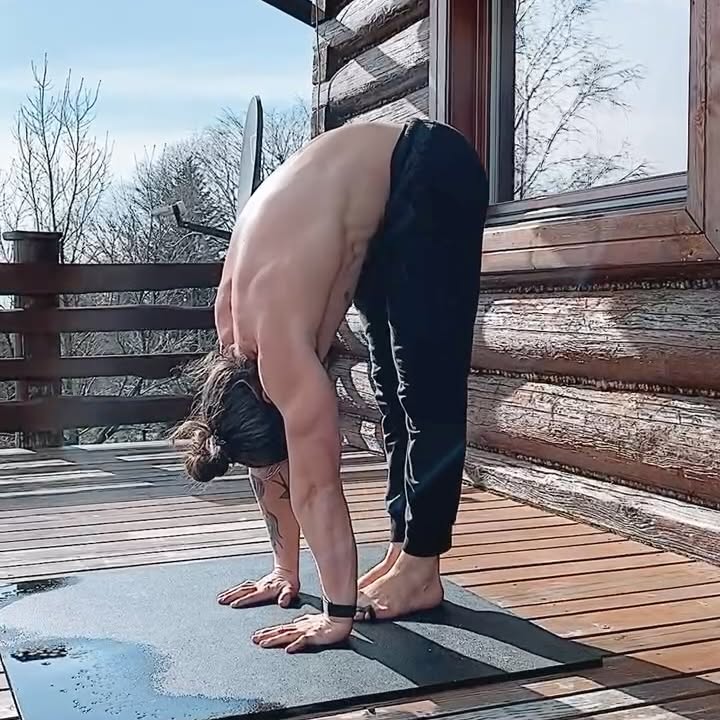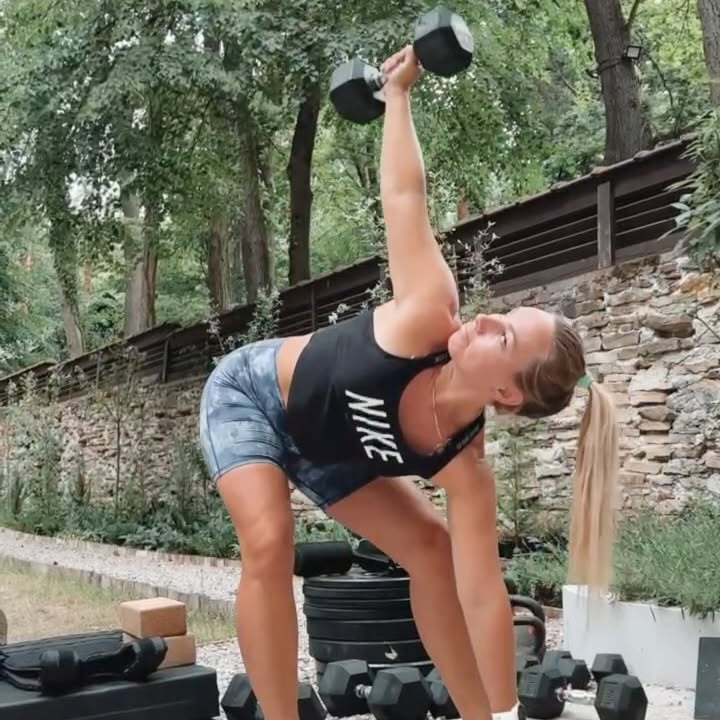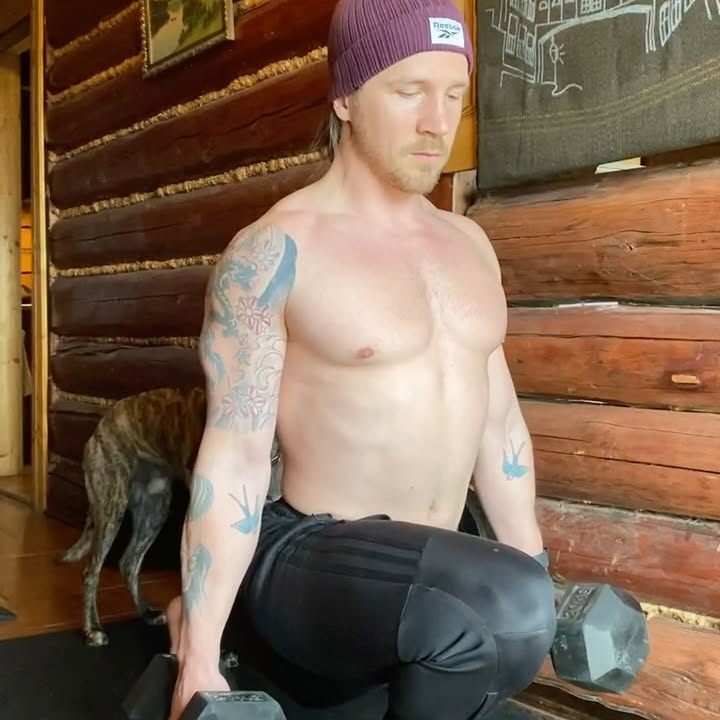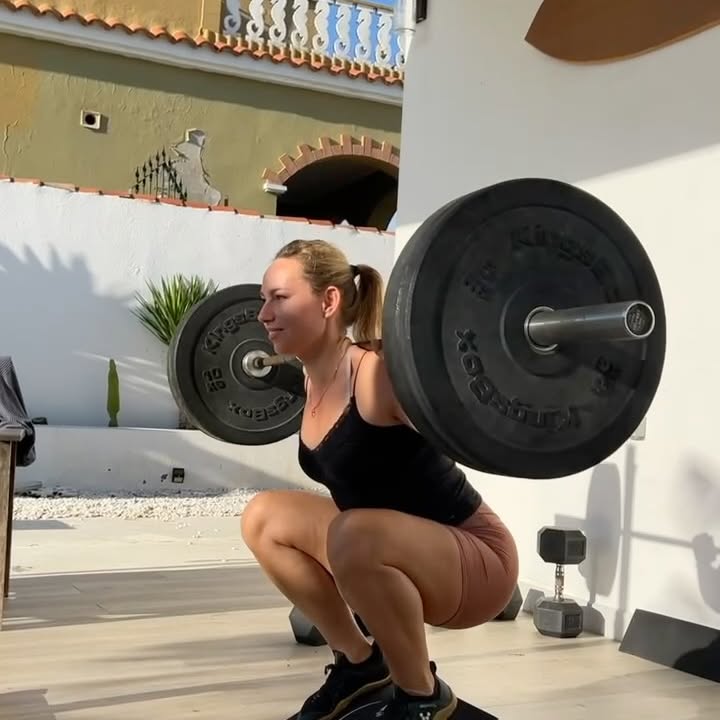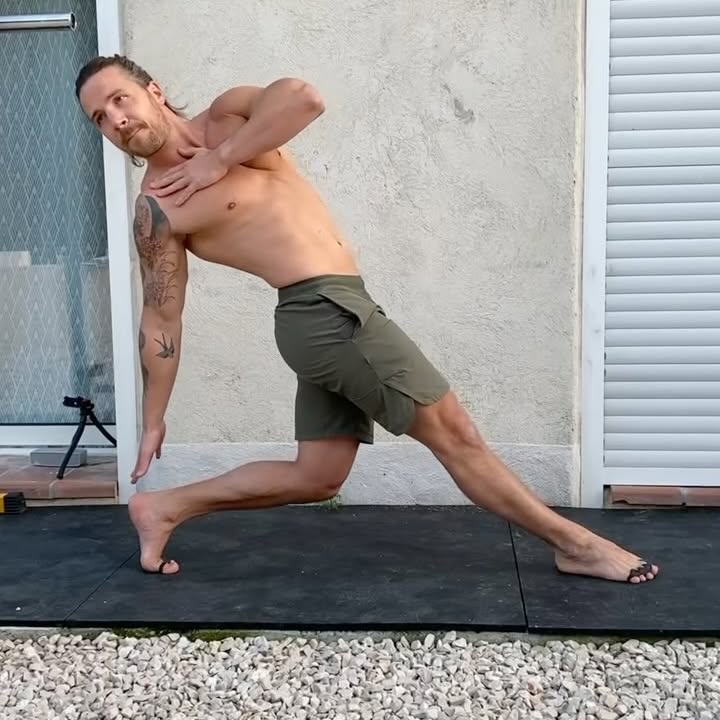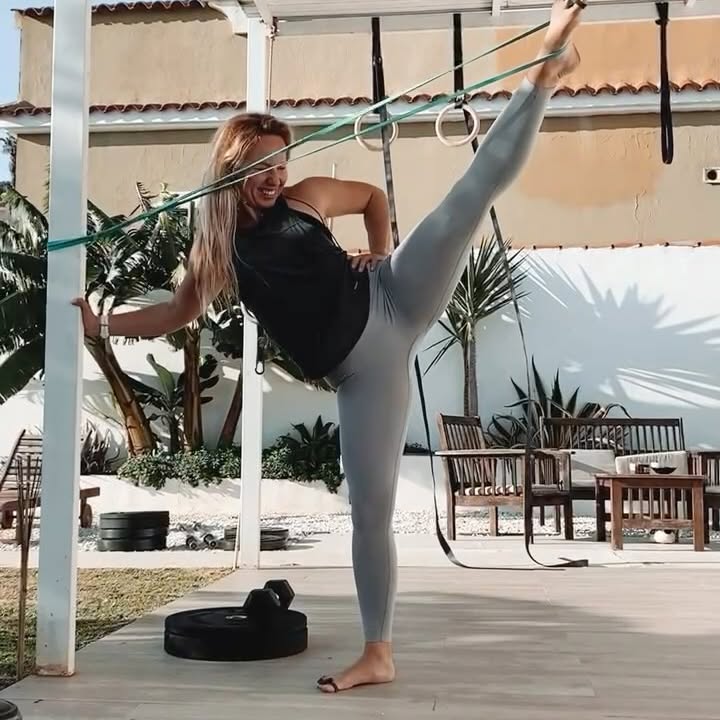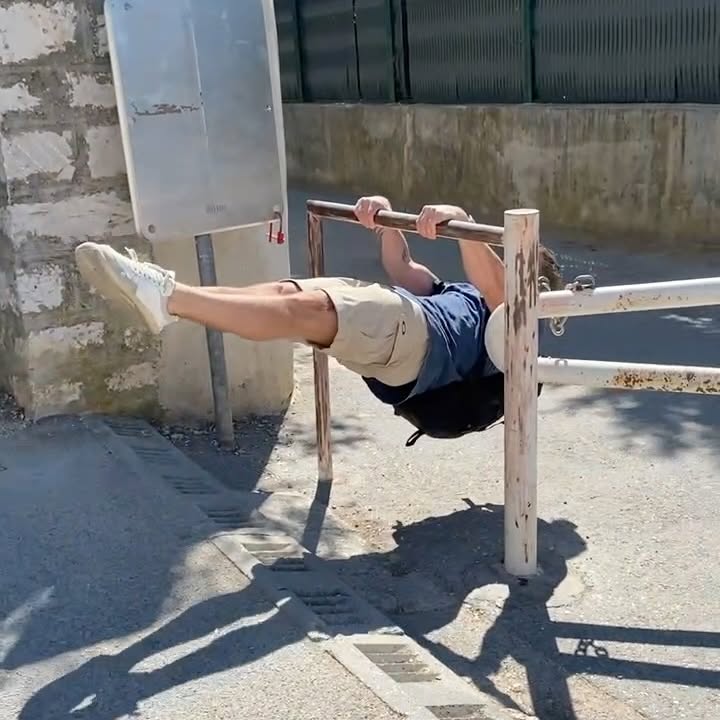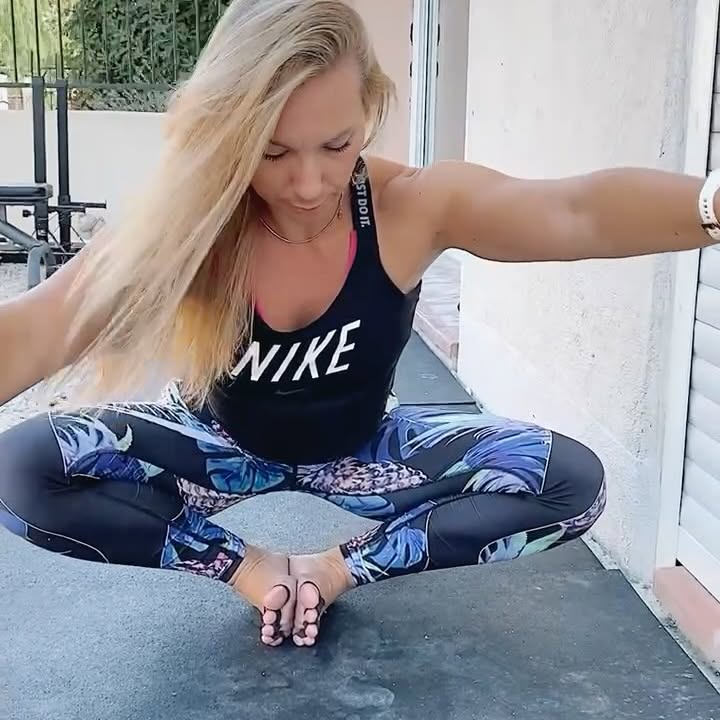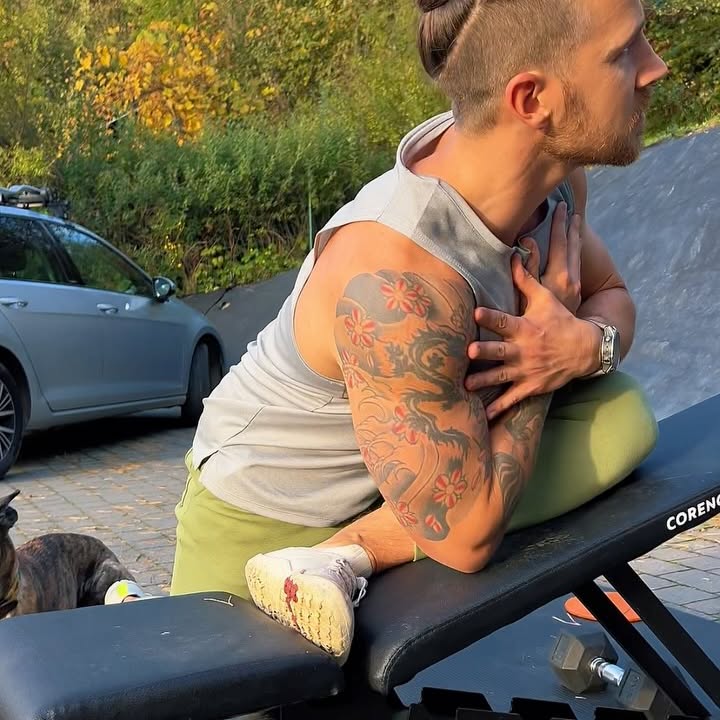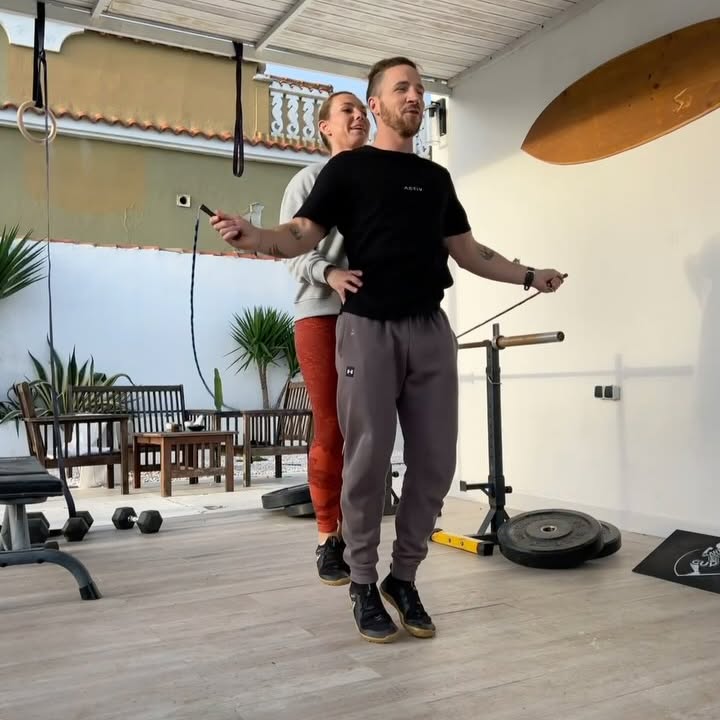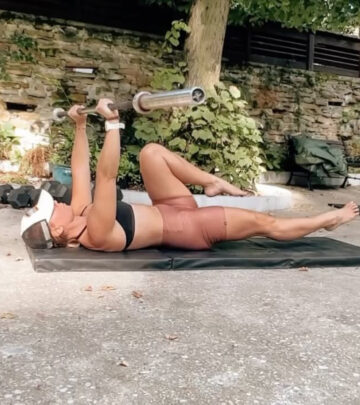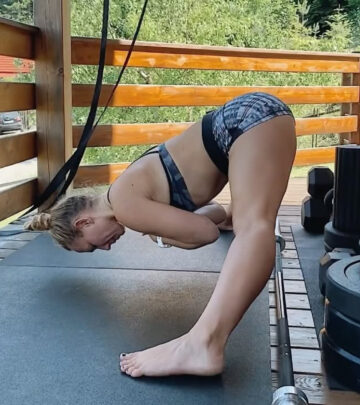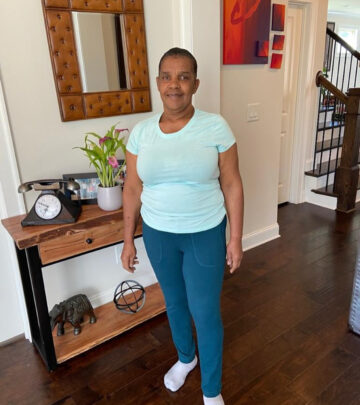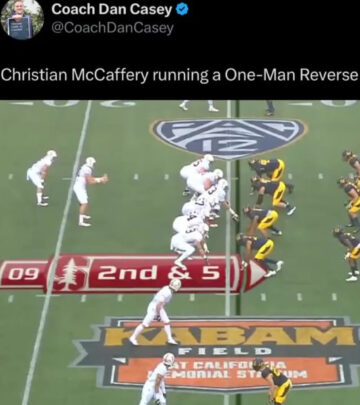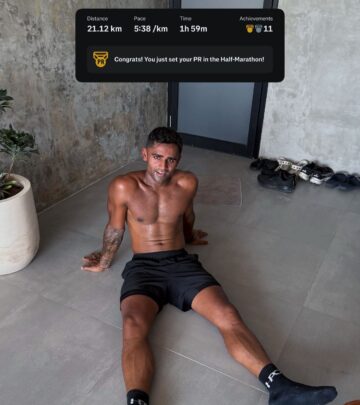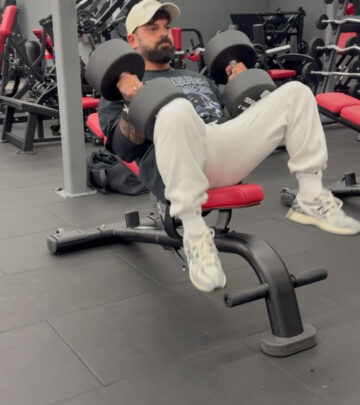Mobility Training Breakthrough: New Skills Unlocked
Journey from basic to advanced mobility skills with insights from strength coaching daily!
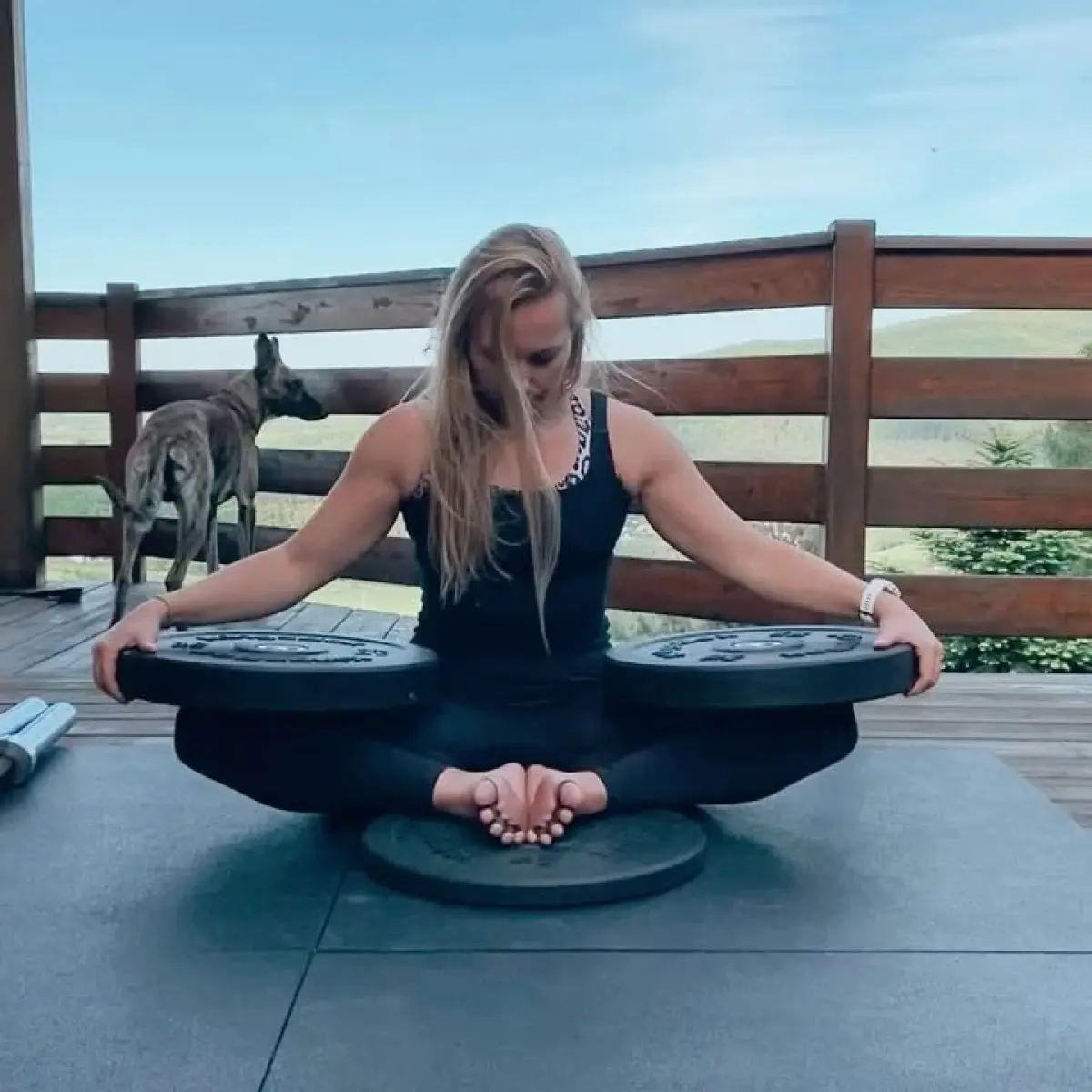
Image: Instagram
In a world where movement and flexibility have become as essential as strength training, a breakthrough in mobility training is helping enthusiasts reach skills that once seemed impossible. A post by certified strength and mobility coach Hali Holeszowski has caught the attention of fitness lovers everywhere. In the post, Hali lists a series of skill-based moves—from Butterfly Reps to Shrimp Squats and Elevated Pigeon Hovers—that have moved from being far-off goals to achievable milestones through systematic, gradual, and progressive training.
The Transformation Journey
Hali’s message resonates with anyone who has ever felt limited by their current range of motion. The social media post highlights how, at one point, these advanced moves were out of reach. With consistency and a mix of mobility and strength routines, the journey toward mastering these techniques becomes not only possible but also inspiring. Hali’s approach is focused on setting a clear end goal; by knowing what the final skill looks like, clients have a target that motivates and guides every session.
The exercises mentioned include creative yet challenging skills like the Butterfly Reps, Shrimp Squat with Leg Grab, Elevated Pigeon Hover, and the Knees Over Toes Split Squat among others. While some moves, such as the Synchronised Skipping, are introduced for fun, others are clearly designed as serious skill progression efforts. Hali reminds her audience that these exercises are not personalized advice but rather inspirational ideas to incorporate into one’s own training program.
Progression Isn’t Instant
What makes this mobility training approach particularly appealing is the emphasis on gradual, consistent, and systematic progression. The idea is simple: start with basic movements, work methodically, and gradually progress to advanced techniques. Hali explains that what may appear as a daunting advanced movement today was once only a distant goal for everyone who commenced their training journey. This approach mirrors principles seen in many strength programs—a reminder that greatness is built step by step.
The post even includes a call-to-action for those interested in gaining deeper insights. Hali invites followers to comment with the word GUIDE to receive a free explainer and offers personalized assessments and detailed programming advice through the FMF Strength & Mobility App. This commitment to accessible coaching shines a light on the way expert strength and mobility training can empower individuals to overcome their movement limitations.
Expert Insights And Community Engagement
What further elevates the post is its interactive nature. By asking, “Which of these is in your goals list? Or rather, what are your movement goals?” Hali encourages community engagement and reflection. This strategy resonates well on social platforms where fitness enthusiasts look not only for instructional content but also for a sense of community and shared purpose.
This message aligns nicely with other posts from the community and similar content shared on Instagram. For instance, previous posts showcasing core and spinal mobility favorites also emphasize easing into progressively harder movements while tracking one’s progress over time. These posts offer a variety of routines—not just for mobility training but also for overall strength improvement—reinforcing the idea that well-rounded fitness involves a balance of mobility, stability, and power.
Many of Hali’s followers have shared their own before-and-after stories, discussing how their movement capabilities, flexibility, and overall strength have improved by integrating these exercises into their training routines. This genuine engagement and feedback highlight that while the exercises may look advanced, they are attainable when approached with patience, consistency, and expert guidance.
A Measured Approach To Movement
It is important to note that Hali explicitly states that her post is not personalized advice. Instead, it serves as a motivational snapshot of what can be achieved with the right training program. The clear disclaimer underscores the necessity for individuals to adapt any exercise routine to their own fitness level, ideally under professional guidance. With the rising popularity of mobility training challenges, many athletes and fitness enthusiasts have reported similar experiences with unlocking new ranges of motion through carefully planned progressions.
In today’s fitness culture, where high intensity and fast results are often glorified, Hali’s measured, progressive approach serves as a refreshing reminder. Her message advocates for patience, persistence, and the understanding that significant transformations in mobility—and overall body control—come from consistent work over time. This approach not only improves performance but also reduces the risk of injury, paving the way for sustainable, long-term progress.
The post is a rallying cry for those who have ever struggled with limited mobility. It offers a blueprint that is simple yet effective: set an ambitious but clear goal, train progressively, and celebrate every small victory along the way. The focus is on creating a mindset that welcomes incremental improvement rather than obsessing over immediate perfection.
By sharing these dynamic training tactics, Hali Holeszowski is not just sharing a fitness routine; she is inspiring a shift in how many approach physical movement. The journey from limitation to freedom in movement is paved with organized, consistent practice—and that is the core message behind these advanced mobility skills.
Ultimately, the breakthrough isn’t just in the exercises themselves, but in the story of perseverance and evolution that each athlete writes with each session of dedicated training. As more individuals embrace this philosophy, the world of mobility and strength training continues to evolve, creating communities where improved movement translates into a better quality of life.
Read full bio of Nisha Bharatan




